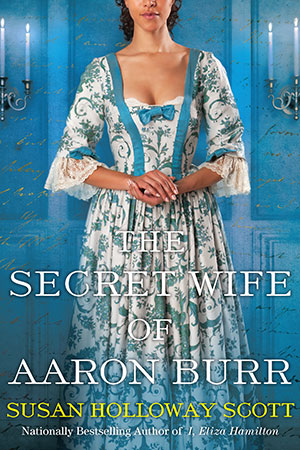Susan reporting,
With Thanksgiving just round the corner and festive Pilgrims featured in every advertisement, let's revisit one of our most popular posts with a "Puritan maid."
Historical clothing is one of our favorite topics on this blog, and readers of both our posts and books will know how hard we try to get things *right* when in comes to what people were wearing in the past. Yet I'm also willing to concede that there can be considerable wiggle-room when it comes to theatrical costumes (no one really expects Cinderella to wear a perfect replica 18th c. gown, do they?) and other artistic expressions of past fashion.
But what happens when that artist's vision becomes such a potent image that it wipes the real thing clear away?
That was my thought while reading one of my favorite blogs, historian Donna Seger's Streets of Salem. A recent post featured the 19th c. Anglo-American painter George Henry Boughton (1833-1905), and how his paintings of 17th c. New England Puritans have influenced how we today imagine those early settlers. (Read her post here.) She's right: Boughton's paintings have illustrated countless school history books, and his version of Puritan dress is still widely accepted as the real thing. In fact, when I did a search for the painting, left, the Google best guess that comes up is "Puritan fashion", followed by links to a teaching site that labels this as an example of "colonial clothing."
Except that it isn't. Like most history-painters, Boughton's intentions were the best, but what this young woman is wearing bears no more real resemblance to 17th c. clothing than the sturdy stone walls and substantial brick buildings in the background do to mid-17th c. architecture in the Massachusetts Bay Colony. Boughton painted his Puritan maiden in 1875, and to me her expression and posture seem more akin to a fashionable lady of that era; compare her with the lady in James Tissot's Portrait, also painted in 1875.
But it's the costume that Boughton contrived for his model that fascinates me the most. I'm guessing that, like many artists, he had a collection of antique and fancy-dress clothing in his studio, and he assembled an outfit from bits and pieces that looked right to him. To be fair to Boughton, he was trying to create an artistic mood, a somber, thoughtful reverie set in the past, rather than a 17th c. fashion plate. In 1875, people regarded historical clothing as old clothes to be worn to masquerades (no one loved fancy-dress more than the Victorians), and the academic study of dress and fashion was in its infancy.
Still, I'd like to offer a challenge to you. Among our readers, there are many art historians, re-enactors, costume historians, historic seamstresses and tailors, and others of you who know your historical fashion. How many different elements and eras can you see represented in this young woman's costume?
Above: A Puritan Maiden, by George Henry Boughton, 1875, Munson-Williams-Proctor Institute.
Laws Concerning Women in 1th-Century Georgia
10 months ago

















































 One of us --
One of us -- 


